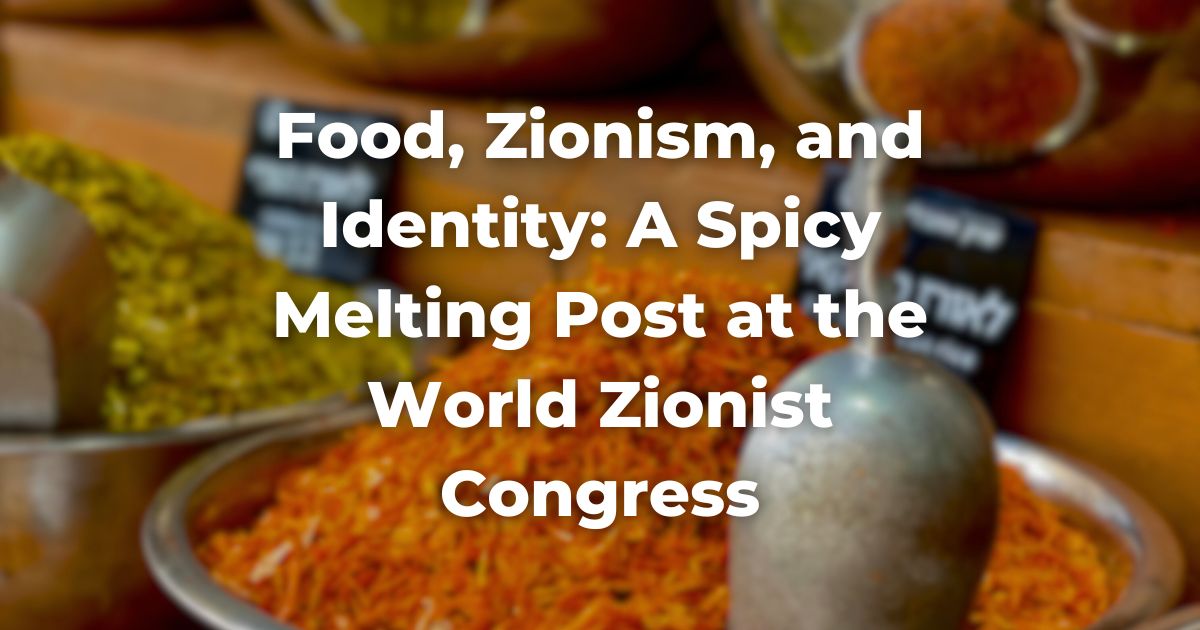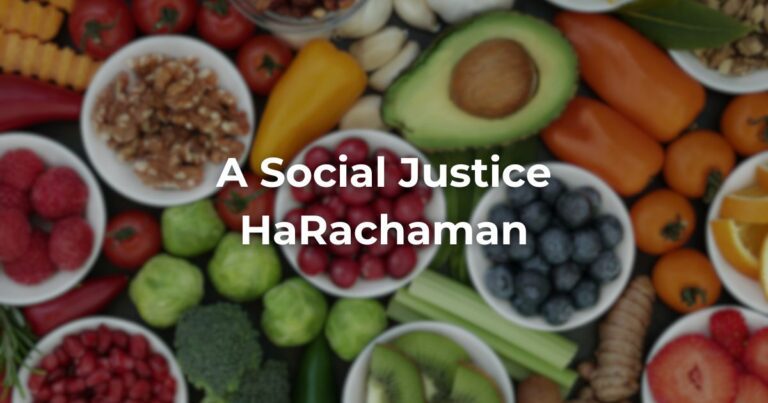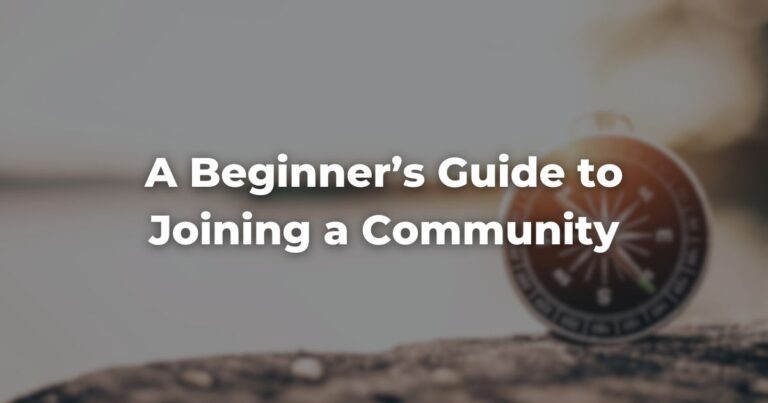Last month, I had the privilege of attending the most recent gathering of the World Zionist Congress (WZC) after months of hard work in Germany. The congress reflected the character of our people: always engaged in debate, seeking creative solutions, and eager for good food.
Rooms were filled with passion, and discussions arose over nearly every resolution. During breakfast, herring took its place on the table next to green and red shakshuka. Coffee breaks were full of liters of black coffee, lemonade, Sephardic burekas with a Turkish twist, and Ashkenazi rugelach and pastries that showcased the diverse flavors of Central and Eastern Europe. The congress illustrated the culinary fusion of the Israeli table and the richness of the Jewish people.

Connection to the land of Israel has held a place at the Jewish table for two thousand years, from the annual wish to celebrate the next Passover seder in Jerusalem to the Tu BiShvat table showcasing the seven Biblical species: figs, grapes, olives, pomegranates, dates, wheat, and barley.
The first significant waves of Jewish immigration to Palestine in the 19th century provided an opportunity to reconnect with this ancestral land, and led to a gradual return to Middle Eastern cuisine. This ancient connection to the land transformed from a theoretical or symbolic dream into a tangible reality, reflected in visual arts, traditional dances, music, and food, especially after the first Zionist Congress, which took place in Basel in 1897.
The Zionist Congress continues to be a reflection of worldwide Jewry, with its 39th iteration in October including 1,400 delegates and alternates from 43 countries. Although the 1897 Congress took place in Basel, with delegates from primarily European countries and an official language of German, since 1950, it has taken place in Israel, in Hebrew. Nowadays, discussions are translated into English as a common language.
However, the universal language for Jews around the world is not Hebrew, English, or Yiddish; it is food. Cookbooks can provide a deeper understanding of the role of food and the history of Zionism. They offer insights into their authors and, in some instances, reflect the history and evolution of a community. The Women’s International Zionist Organization (WIZO) published an emblematic cookbook in 1936, How to Cook in Palestine, authored by Dr. Erna Meyer. This book shaped Jewish households during the British Mandate, aiming to adapt Central European cuisine to local ingredients. Originally printed in German and Hebrew, it was later translated into English and inspired Jewish women’s cookbooks worldwide.
After Israel gained independence, the modern concept of Israeli food began to take shape, influenced by the kitchens of the Jewish diaspora. At the same time, diaspora cuisines started to integrate new Middle Eastern flavors in Europe and America, gradually incorporating them into their culinary identities, resulting in a global melting pot. This process was not new to Jewish culinary tradition. However, it included a political dimension: the incorporation of Yom Ha’atzmaut, or Israeli Independence Day, into the Jewish calendar, featuring hummus and falafel as symbols of Israeli national cuisine.
Over the years, this culinary fusion has become increasingly intricate. As Israeli identity evolved, it highlighted local Middle Eastern flavors. Hummus, baba ghanoush, and baklava found their places, alongside schnitzel and dishes brought by Mizrahi Jews from countries such as Iraq, Iran, Tunisia, Morocco, Egypt, and Yemen, among others.
More recently, waves of Jewish immigration from South America, Ethiopia, Russia, and France have reshaped Israeli eating habits. International trends, such as the growing popularity of Eastern foods like curry, sushi, and ramen, along with the reinterpretation of diverse culinary traditions, have transformed Israeli cuisine into a vibrant explosion of tastes and flavors.
This diversity was also evident in the discussions at the 39th WZC, where personal histories impacted our understanding of Jewish identity and vision. Two days before the Congress, delegations convened. Representatives of Mercaz and Masorti met to form groups based on themes to clarify our positions on each proposed resolution. On the first day of the Congress, this theme-based methodology was extended first to our strategic allies—Arzeinu in our case—and then to the different committees. I was assigned to the group focused on healing, concentrating on mental health issues following October 7th.
Resolutions that passed the committees were supposed to be voted on the following day at the General Assembly. However, chaos ensued on the WhatsApp groups as unsettling news broke: the Congress would end a day early. The voting was scheduled to take place that same evening due to protests from the Haredi community, who were vehemently opposed to serving in the IDF.
The atmosphere during the voting was electrifying. Adrenaline skyrocketed with every vote, technical difficulties added to the chaos, and there was much shouting. As we approached midnight, all resolutions had been voted on, all of our proposals passed, and only the new board for the World Zionist Congress remained to be elected. Suddenly, the discussion was interrupted by the proposition to include Yair Netanyahu, son of Benjamin Netanyahu, on the board. The Congress could not conclude. It was decided to set a two-week deadline for electing the board via electronic voting.

These surprising events left us with a bitter aftertaste—and a free day to explore Israel. Some attendees went to Tel Aviv, others visited family, and I chose to visit Machane Yehuda. This market is filled with fresh fruits and vegetables, Judaica stores, butcheries, spices, candies, and restaurants. From Argentinian asados to pastries from Kurdistan, Machane Yehuda serves as a culinary reflection of the World Zionist Congress.

On my way back to the hotel, I met some fellow attendees from the Congress. Setting politics aside, we sat at a nice café. Just yesterday, we were idealistic Zionists, but that felt like a lifetime ago. We sat there, talking and laughing, blending flavors and ideas, happy to have contributed to shaping the future of the Jewish people, with new food for thought.
Author
-

Journalist. Msc. in Anthropology. She was a fellow in the first cohort of the Exploring Judaism's Writer's Fellowship. South American Rabbinical Student in Europe. Mother of two fantastic daughters. Love to practice yoga, meditate and to cook for family and friends. Currently doing research on food & identity for Phd on Jewish Theology at Paderborn University, Germany.
View all posts




